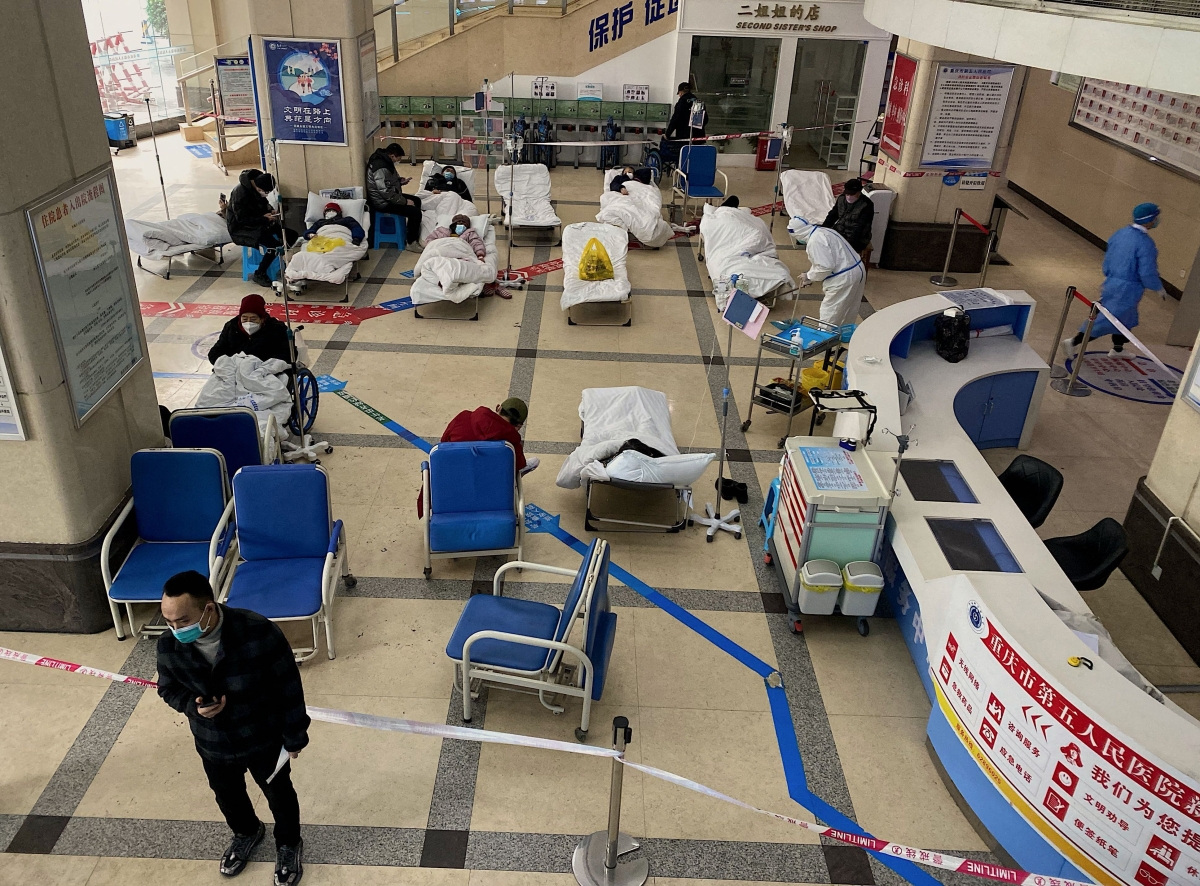China’s Missing COVID-19 Data
The Diplomat

The following is an excerpt from Asia Society Policy Institute's Center for China Analysis Junior Fellow Johanna Costigan and Jin Ye's article originally published in The Diplomat.
Considering aggregate data, anecdotal accounts, and common sense, it is difficult to downplay the significance of Beijing’s sudden decision to reverse its once prized zero COVID policy, which Chinese President Xi Jinping had claimed as a national and personal victory.
On January 18, during a Lunar New Year message, Xi made his first public comments on the wave of infections that follow China’s reopening, saying that he was “most worried about its spread in China’s vast countryside, where medical services and resources are insufficient.” The following day, health authorities announced that critical COVID-19 cases have peaked in China’s hospitals.
But reliable data on the ongoing COVID-19 surge is hard to come by.
In the wake of the December 7 announcement that Beijing would abruptly abandon its zero COVID policy, relatively trustworthy data has been largely limited to the provincial level. On December 24, the National Health Commission halted its daily data release. During the first two weeks of the post-zero COVID era, the government released implausibly low case numbers (only thousands of new cases per day nationwide).
The official national-level sources that remain are considered by foreign public health experts to be radically off-base. On January 14, China reported 59,938 COVID-19-related deaths between December 8 and January 12, a huge spike compared to the previous cumulative official death toll of 5,272 over three years. Yet this is likely still an underestimation.
The National Bureau of Statistics recorded a total of 10.41 million deaths in 2022, averaging 867,500 deaths per month. The announced 59,938 COVID-19-related deaths over a month, representing 7 percent of 2022’s monthly average deaths, is in no way consistent with reports from crematoriums suddenly overwhelmed by a surge in demand.
Rather, there is an ongoing, intentional obfuscation of how severe China’s post-zero COVID outbreak has been. Because the central government stopped tracking cases and narrowed the criteria for COVID-19-related deaths to further limit the count, it can maintain plausible deniability.
Data released on January 17 shows that in 2022, China’s deaths outnumbered births for the first time in 60 years. Despite this announcement, the National Bureau of Statistics still refused at a press conference to disclose how many deaths occurred in December. It is a common technique employed by China’s authorities to release only aggregated data — central instead of local and annual instead of monthly — leaving room for ambiguity that can be manipulated to paint a rosier picture when necessary.
Officially, China denies any shortcomings in its COVID-19 statistics. Foreign Ministry spokespeople, for example, routinely insist that China “has been sharing information and data with the international community in a timely, open and transparent manner in accordance with the law.”